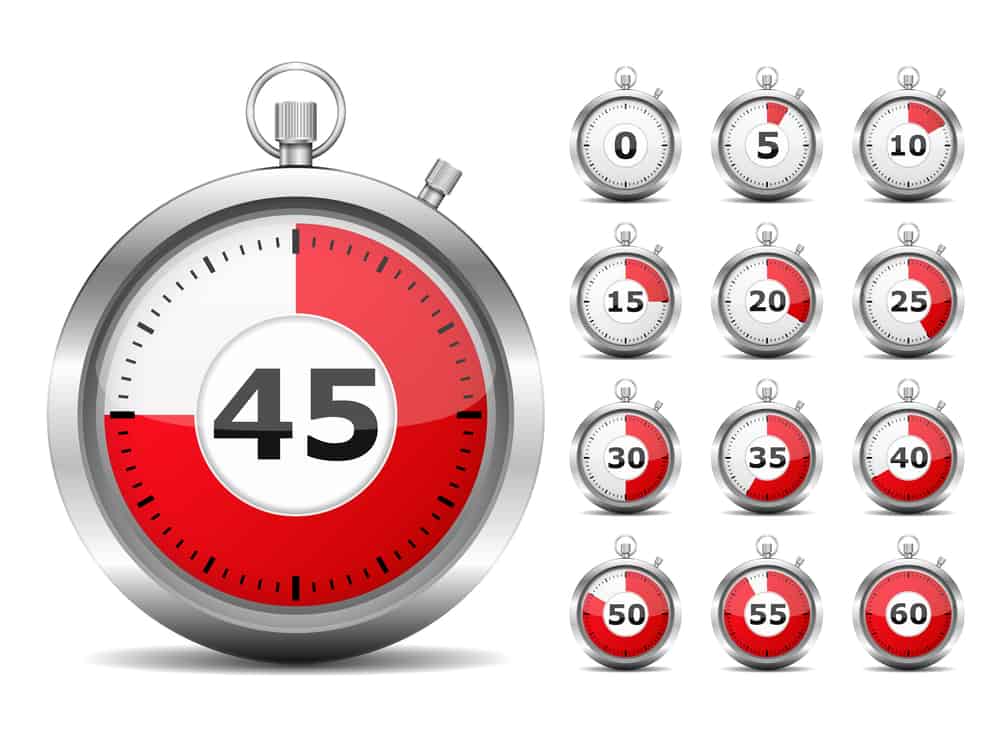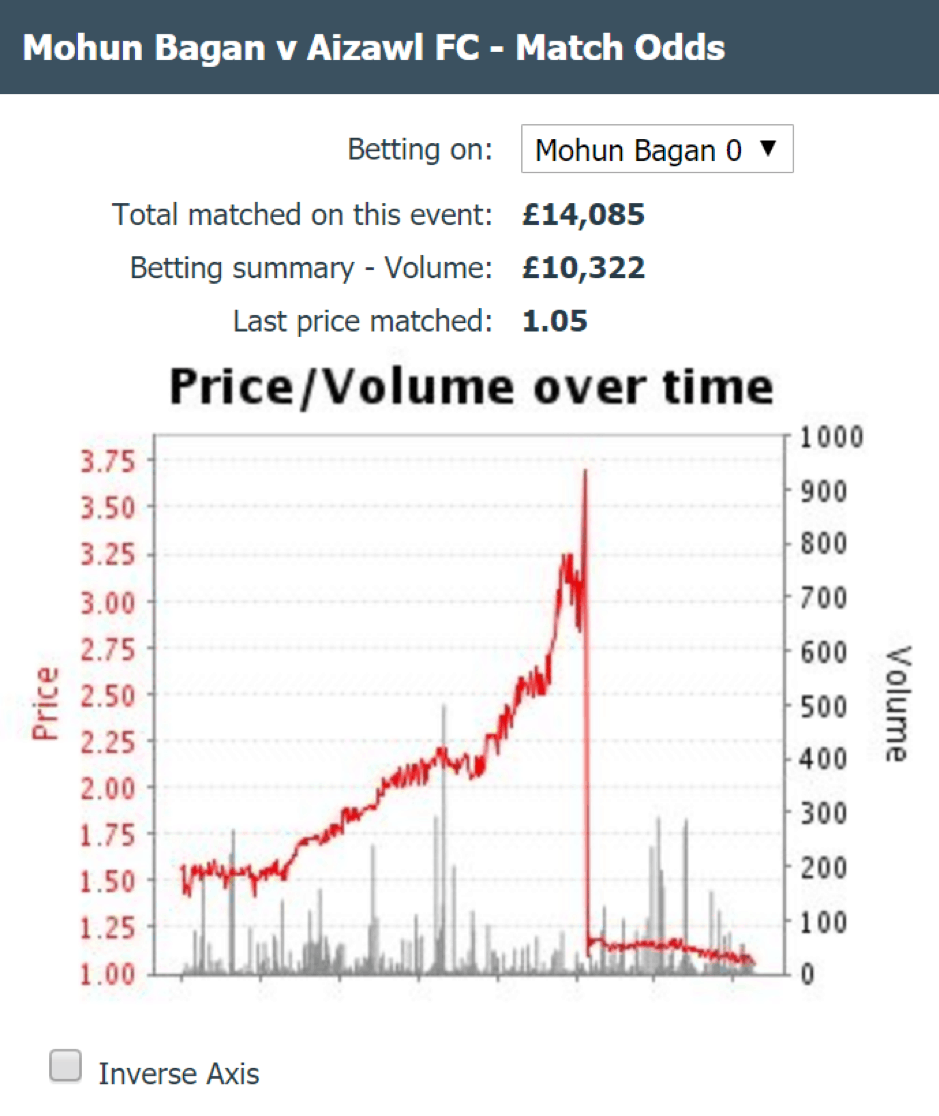
How To Leverage Profit Acceleration and Price Decay
Betfair Odds/ Time Decay/ Time Acceleration – Everything You Need to Know
At Football Advisor, we often draw parallels between sports trading and the financial markets. The goal in both is to accurately predict whether a price will go up or down in the hope of making money. However, there are several differences between the two. One of the biggest is the duration of the market.
In football, for example, a match has a definitive ending point. We all know that the game will last 90 minutes plus a few minutes of stoppage time. In contrast, you can trade on a stock as long as that company exists and keeps it on the exchange.
Football traders know that as time ticks by in a match, the odds continue to change. As the end nears, traders look for the best position knowing that there is only a finite time left. This article outlines how to use this phenomenon to your advantage.
Price – Time Decay
While you can use time decay to profit in a handful of sports, football is the best example. As the clock ticks towards full-time, the odds begin to favour the game’s current outcome. For instance, a team winning 1-0 after 85 minutes will be available at far shorter odds to win than if they were leading by the same score after 65 minutes.
The principle of time decay says that as the game comes closer to the end, the chances of the existing score line remaining increases. If the score remains 1-0 to the last few seconds, the price of the team winning the game eventually reaches 1.01.
It is the same situation whether you back a home win, away win, draw, over/under goals, or a correct scoreline.

In this game, Ho Chi Minh were huge favourites, so the odds on a draw were extremely high. Early in the game, you could get odds of 11.5 on the draw. However, the favourites started to toil, and the odds fell as the game went on. By the 60th minute, the odds on a draw were down to 3.0 as the score remained 0-0. You will notice how quickly the odds started to drop.
Price – Time Acceleration
Experienced traders understand that the last 20-25 minutes of any game offers tremendous opportunities for a quick profit. Traders in disadvantageous positions may panic and begin looking for a way out. This practice is noticeable in games where a favoured team is drawing or losing a match.

In this game, Mohun Bagan traded at around 1.50 to win at the start of the game. They were still at odds of 2.00 or thereabouts early in the second half. It is obvious how quickly the odds rose, and you can probably guess what happened when the price reached 3.60! They scored in the 79th minute, bringing the odds plummeting to 1.05.
In this situation, you could ‘lay’ Mohun Bagan as their price rose and get out quick for a profit. Wait too long, and your trade is ruined with a goal, as seen above!
Football Examples
Laying the draw is a prevalent option amongst traders and relies on time decay. A relatively low amount of games end in a draw, though the odds reflect this fact. Many traders prefer to wait until half-time to get into the market because there isn’t much price action in a first half without incident.
Imagine you laid the draw between Manchester City at home to Bournemouth at the start of the game at odds of 10.0. Yes, the odds will fall during the opening half, but not as much as you might hope. In reality, the market knows that City’s quality is likely to overwhelm their opponents. In the second half, the odds on a draw will begin to fall more quickly.
If Bournemouth holds on to the 70th minute, the odds on a draw will be significantly lower than at half-time. Now, you can law the draw in the belief that a City breakthrough is coming, or indeed that the away side gets an unlikely goal.
Those who began laying the draw in the Mohun Bagan game would have benefited from a nice profit when the home side got their relatively late goal.
Laying a half-time draw after 30-35 minutes is another example of using time decay to your advantage. The odds on the draw will lengthen more rapidly as the clock moves closer to 45 minutes. It is an opportunity to get a quick scalp within a minute or two.
You can do this with numerous football markets. The ever-popular over/under 2.5 goals market is another chance to avail of time decay, especially in major European leagues where games are often low scoring. If you back under 2.5 goals (or lay over 2.5 goals), the price will likely move in your favour from the kick-off unless there is an early goal or red card. Bear in mind, however, that the price moves more slowly at the beginning of a game.
Trade Positive (Goals) – Trade Negative (No Goals)
During a football in-play market, you can use a ‘positive’ approach expecting goals, or a ‘negative,’ Jose Mourinho approach, and look for games with no goals. The over goals and laying the draw markets are prime examples of ‘trading positive.’ The under goals, match odds, and correct score markets are all ways to ‘trade negative.’
No matter your preference, it is best to stick to better-known leagues for trading. There is plenty of merit to wagering on obscure low-level leagues. Sadly, on the Betfair Exchange, at least, there is a distinct lack of liquidity for these games. You can easily trade hundreds of pounds on an English Premier League game. You are less likely to have this freedom on the Bhutan Super League if it is even available on Betfair!
Other Sports Examples
In general, football is by far the best sport for trading using time decay. Indeed, it is only a suitable tactic in low-scoring sports with a specific endpoint. The likes of rugby, tennis, and basketball are ones to avoid. Stick to low-scoring options such as baseball, ice hockey, and hockey. For time decay to work, you require as little action as possible as the clock ticks down!


Jon is the Founder and Chief Tipster at Football Advisor and Predictoloy. He started life as data analyst in the digital marketing field before find his true calling in the world of Football and Horse Racing Betting.
Jon has been sharing his professional expertise since 2009 and specialises in using objective data analysis and subjective experience of betting built up over more than a decade of professional betting.
In 2014, Jon also launched (and continues to run) the trusted Football Advisor service service which provides a variety of football and horse racing betting models and portfolios. A few years later, Jon launched the Predictology platform which is the worlds first betting system builder and analyser covering a wealth of football betting related statistics covering more than 200,000 matches.
Jon has also lent his knowledge and expertise to several of the trusted Premium Services offered by the respected Secret Betting Club, including Football Lay Profits. Racing Bet Profits and, most recently, Racing Lay Profits.
